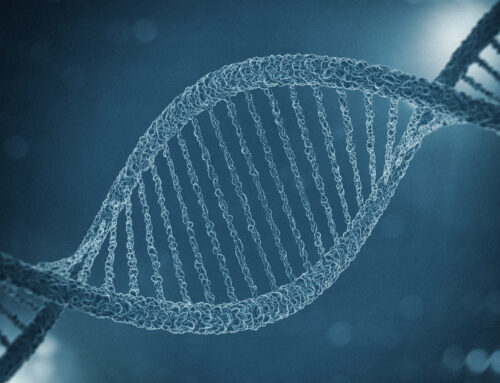By: Carol Guzman
Warning: Light spoilers for “Almost Family” ahead.
More than 26 million people have taken consumer DNA tests worldwide, making it easier than ever to uncover familial information. Finding a cousin or an uncle twice removed might be fun, but what if your results show you that your biological parent is not the person you expected? A new show highlights this rare but disturbing reality that genetic testing can bring to light.
In the Fox TV series “Almost Family,” Julia Bechley’s world is turned upside-down after her father, Leon, a renowned fertility specialist, is publicly accused of using his own sperm to impregnate patients at his clinic. Julia offers free DNA paternity testing to anyone that suspects Leon to be their father and finds out she has a least 100 half siblings. Julia begins to rekindle a bond with two half-sisters: Edie, a criminal-defense attorney representing Leon, and Roxy, a retired Olympic gymnast. Some other half siblings include Julia’s former romantic partner, an Orthodox Jewish woman, and a gay man who is starting to consider beginning his own family.
Rather than focusing on Leon Bechley’ hideous actions, the show focuses on the intersection of genetics and family. Does sharing genetic material with someone else automatically garner a deeper familial relationship? While other half siblings are weaved within the series, each identified by nervously tapping their teeth, a tick Julia, Edie and Roxy all share, they all reach out to Julia asking for various information. One sibling asks for Leon’s family health history, another pleads for stories of his past, but rarely does anyone demands answers or showcases anger. While Almost Family may not treat this subject matter with finesse, Julia does understand that her half siblings “…had their lives disrupted, changed by the miracle of DNA testing.”
While “Almost Family” isn’t based on a true story, it does raise some hard questions that we will only continue to struggle with as genetic testing and technologies advance and become more accessible. As more and more American’s take direct to consumer test to find long lost family members, they are unknowingly making it easier for law enforcement and government agencies to use their genetic material against them and their relatives.
In addition to discovering new family members, direct to consumer test’s health-related insights could reveal an increased risk for diseases and certain cancers. Take 23andMe, their Health Risk Test claims to screening for a gene that increases risk for Alzheimer’s disease, which is not preventable and currently has no known treatment. Should you be screened for a disease with no preventable or treatable action and fear a disease that might not emerge? Should you tell your other family members, even those found through direct to consumer tests, about this newfound information?
The age of genetic information has come, and it might bring about just a little more information than we are ready to handle.


